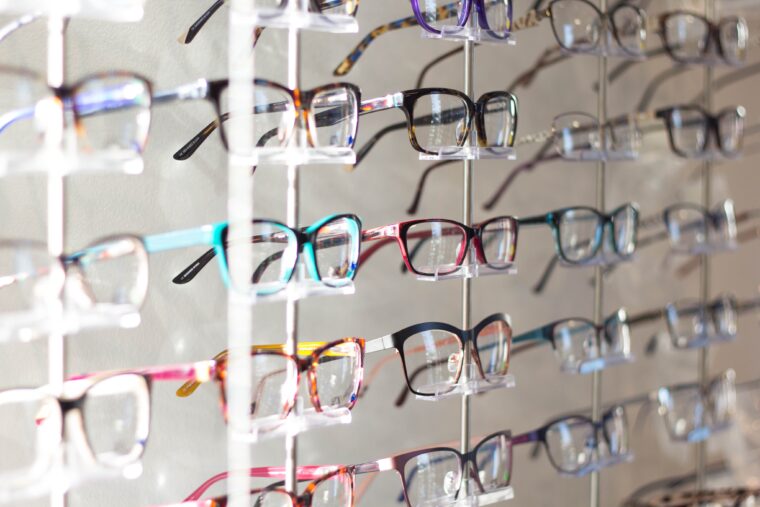4 Ways Vision Insurance Can Help You Save Money on Eye Care

While healthcare isn’t something to skimp on, there are various ways to access essential and quality health services while still saving money.
A previous post covered how purchasing online health insurance not only benefits you in terms of convenience and flexible options but, more importantly, cost savings. Since online providers no longer have to pay for overhead costs and intermediaries to assist you in the purchasing process, you can find a plan without additional fees that best fits your budget and coverage needs.
However, it is worth noting that most health insurance policies typically do not cover eye care, which is just as critical to your health and well-being. Fortunately, you can opt for vision insurance that takes care of your eyesight and overall eye health without making a huge dent in your wallet — here are a few ways how.
Cover routine eye exams
Even if your vision is 20/20 and you don’t have any eye conditions, health experts highly advise getting your eyes checked at least once a year. This means eye exams, which go anywhere from $75 to $200, are recurring costs that you have to factor into your healthcare budget. While you need to pay monthly premiums for a vision insurance plan, consider the savings that accrue in the long term when you get your routine eye exams fully or partially covered by a trusted provider.
Save on essential eyewear
Meanwhile, those with refractive errors and thus need to update their prescription every year or two years have relatively higher savings from purchasing vision insurance. Besides covering your eye exams for an updated prescription, you can save on your prescription glasses anywhere from $125 to $200, which is the usual amount of frame allowance from providers like VSP, Eyemed, and Humana. Moreover, eyewear brand Oakley offers its high-quality frames like the narrow, high-bridge Spindrift with prescription lenses at a discounted rate — whether you present your vision insurance in-store or online. If you prefer to wear contact lenses, make sure that your policy also covers this alternative form of prescription eyewear.
Lower out-of-pocket costs for eye surgery
Besides eye exams and prescription eyewear, you may also encounter vision problems that would otherwise require corrective surgery. If you have a family history of cataracts, the government health insurance program Medicare can cover about 80% of the monofocal lens implant, as well as the corrective eyeglasses you need after the procedure. However, vision insurance would be needed if you plan to get laser eye surgery like LASIK. This minimally invasive procedure for refractive errors can cost as much as $2,000, but providers can lower your out-of-pocket costs for the surgery and after-care medications depending on your specific plan.
Choose a coverage that works for you
Much like health insurance, vision insurance policies also provide you with flexible options, allowing you to save money by customizing your plan and only choosing the coverage that works best for you. Among the top vision insurance companies, Humana offers a standalone policy and a package where you can combine eye care with dental and hearing services. You can also opt for monthly premiums as low as $5, while still getting discounts on frames and lenses.
With how essential eyesight and overall eye health are to your daily functioning, getting vision insurance is a worthwhile investment. For more budget-saving tips, feel free to check out the rest of the articles here at Budget Savvy Diva.
